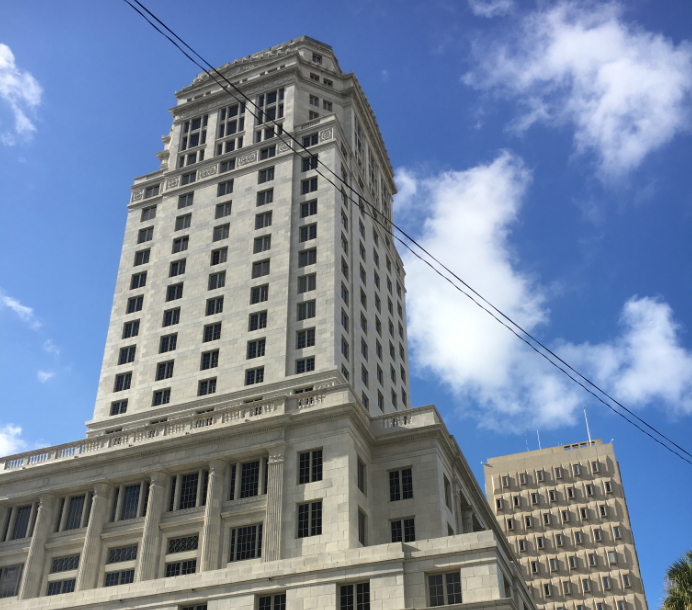Miami-Dade Incentives, Tools, and Strategies Assessment

In 2015, the County Mayor convened an advisory work group to provide recommendations on how the historic preservation program could be improved in Miami-Dade County. Among other things, the work group
recommended that the County identify and evaluate ways to economically incentivize historic preservation. To that end, the Board of County Commissioners, under Resolution #R-1050-16, authorized this study with the aim of assessing the feasibility of implementing additional incentives.
The PlaceEconomics tool framework approaches the collection, evaluation, and recommendation of potential tools in the context of UNESCO’s Historic Urban Landscape (HUL) protocol. Key to understanding the HUL is to consider planning for the natural landscape. That planning can never be about stasis – grass grows, leaves fall from shrubbery, rainfall varies, trees increase in size and then at some point die. The HUL recognizes that cities, too, are never in stasis…they grow, sometimes shrink, change, and evolve in numerous ways. So the management of the historic fabric within a city is not successful if approached from a “freeze in place” standpoint, but rather through, first, the identification of the heritage and then the appropriate management, protection, and enhancement of that fabric.
The recommendations in this report are organized under the HUL framework, which identifies four categories of tools: Financial, Regulatory, Knowledge and Planning, and Community Engagement. These tools were then scored on four criteria: cost of implementation, complexity of creation and management, effectiveness of the idea in advancing historic preservation and resilience, and the likelihood of the tool being accepted by various stakeholder groups.

